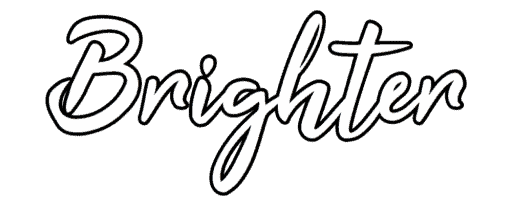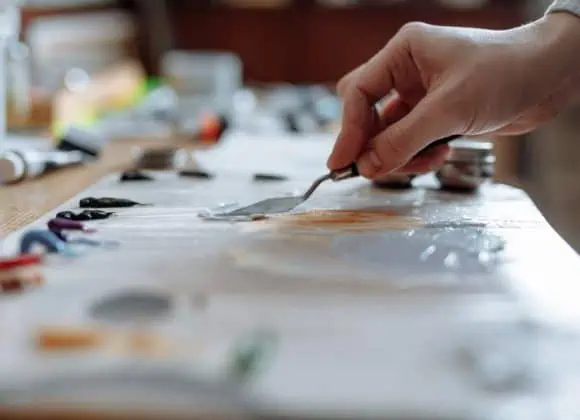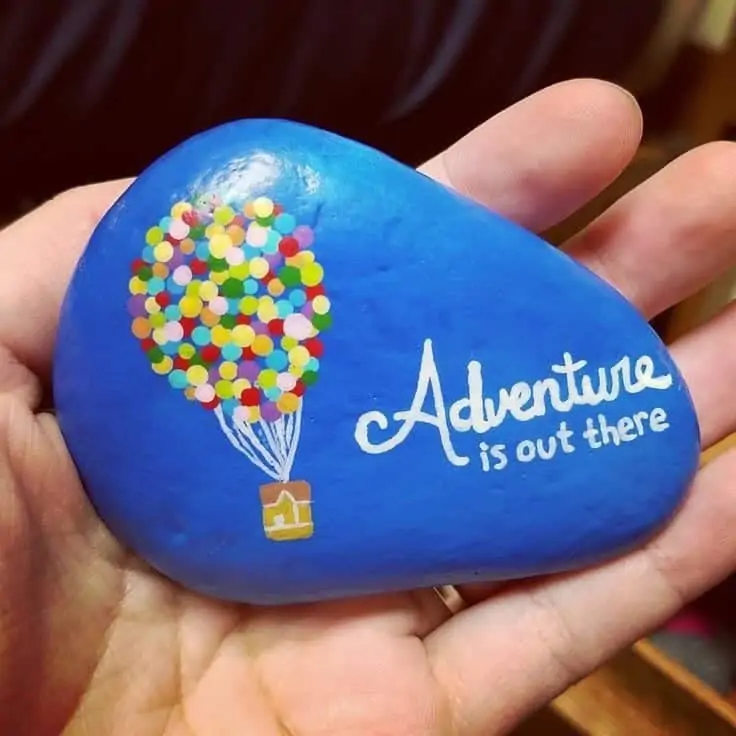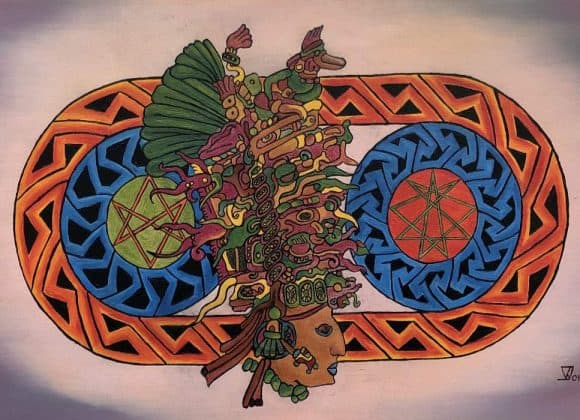To mix watercolor paint you need clean brushes a plate or plastic palette and several tubs of fresh clean water. You will need to stretch the paper you are using first too. Just use a board and water activated tape. Wet the paper thoroughly and tape the edges, then simply allow it to dry.
When it is dry it will be stretched taught. This means when you paint onto it, however much water you use the paper will remain flat.
Table of Contents
Understand the Properties of the Paint
Watercolor paints are generally transparent. However, you need to remember that the more water you add the more transparent the paint will become. If you want more intense colors you need to use as little water as possible when mixing.
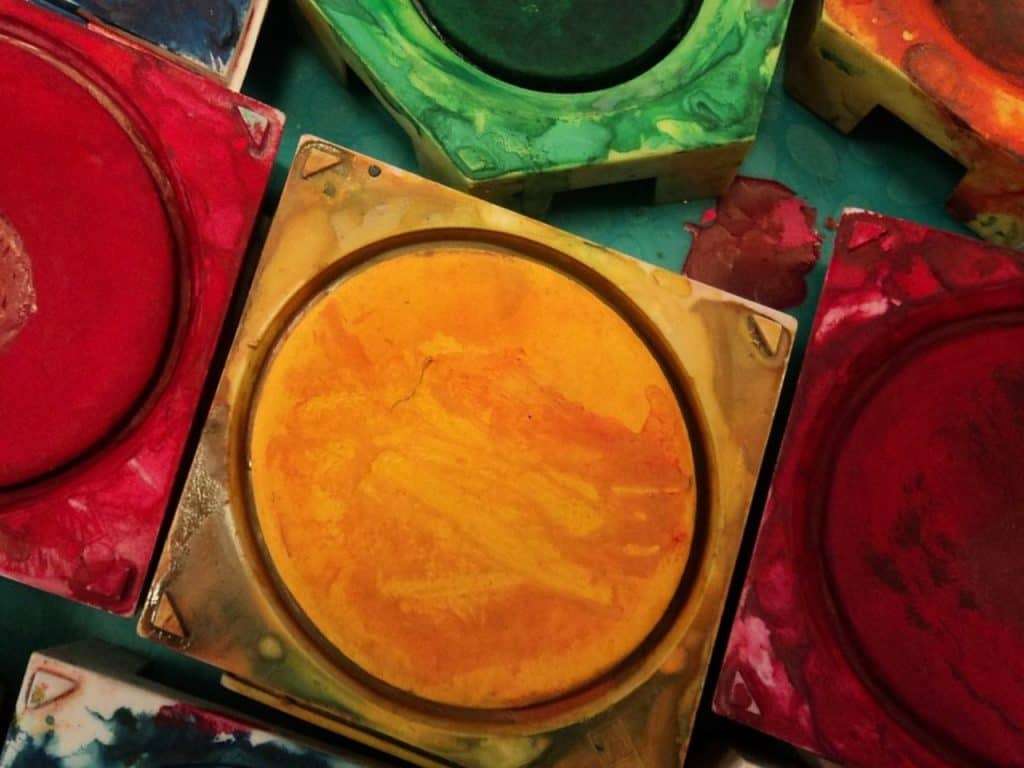
Clean Brushes Are Vital
Keeping your brushes clean when using watercolors is vital. The smallest amount of a color left on the brush can ruin a color you have spent a long time mixing. Always wash, dry and re-wash your brushes again in clean water. This will make sure you keep the colors you have mixed precisely as you want them.
Mixing the Colors
Make a small pool of each of the colors you want to mix leaving space between them and then gradually mix the colors together in that space. Wash and dry your brushes regularly or the whole palette will end up as one color very easily.
If the paint starts to dry out just add a little more water to keep it workable. When you get the exact color you need you can begin painting. The darker and lighter shades will help you create the shadows and highlights. This will help you to create depth in your paintings which will make them seem more “alive”.
One of the advantages of watercolor paints is that even if they have dried out, adding a little water will make them workable again. This gives you more time to mix them on your palette.
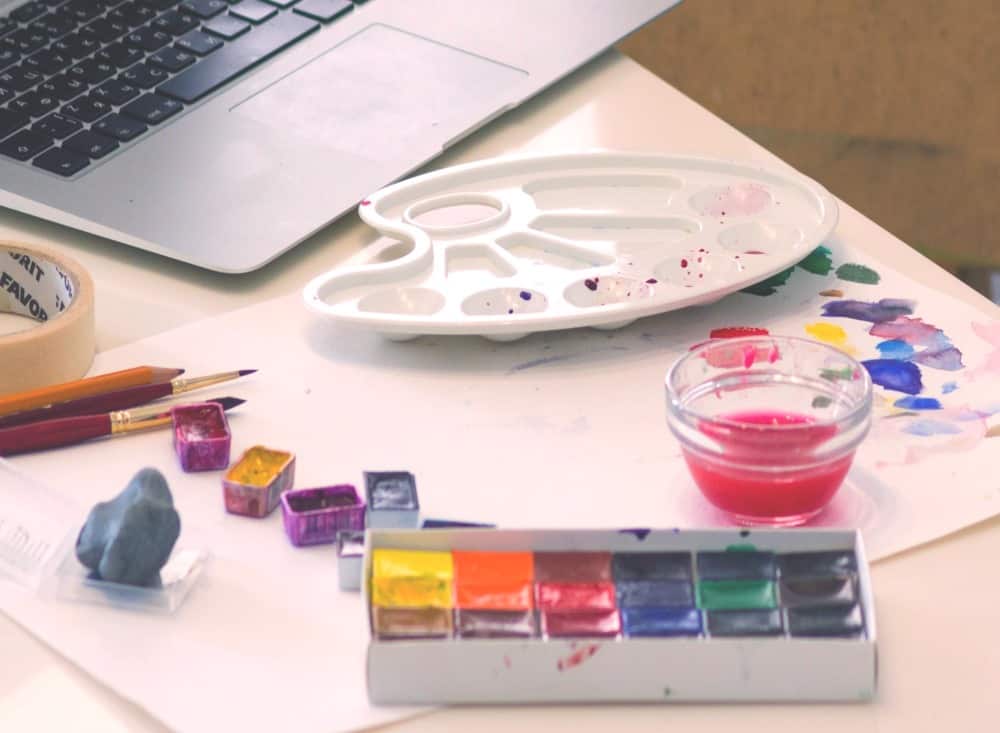
Mixing colors on the actual painting.
This technique allows you to adjust the final hue’s and tones on the painting rather than mixing all the colors you need on your palette first. First you mix a rough color that is the most common color within the painting. Then, you can adjust the hue’s and tones by adding a little of the darker and lighter shades where needed on the painting itself.
If you use a small amount of water then the second color will dominate, but the more water you use the more the colors will actually mix. Both of these methods are really useful and will give you slightly different results.
Painting wet on wet like this can help you achieve much more gradual color gradients. This is more realistic in general. As there are rarely flat fields of color in the natural world.
Always remember that with watercolors the paper is your white. Don’t paint things too dark to begin with. You can easily darken areas of the painting as needed. It more difficult to remove paint to reveal the lighter/whiter areas you need on the painting.

What is Guache Paint?
Guache is a specific kind of watercolor paint. It behaves exactly the same as watercolor but is more opaque because it contains much more pigment. This means the techniques for mixing are exactly the same as with watercolor paints, but the results will be different.
You can even use watercolors and gouache paints on the same painting. Try using a heavier layer of gouache on the paper and then adding thin washes of watercolor to gradually adjust the hues and tones in your painting.
Using gouache will help if you are painting “wet on wet” and they can produce great results. They are more expensive than watercolors , but remember, they have more pigment in. That means to create a transparent wash you will need to use much more water than with watercolor paints of a similar color. So you use less of them to achieve a similar result.

Final Thoughts
Experiment to see how different the results can be. You will begin to understand what the best technique for each painting is.
Watercolors are a great tool for painters and they can be difficult to master. Learning how to use them well will take time, but as you progress, your ability and each painting will improve.
Enjoy experimenting and you will see the difference it makes to your painting. Every lesson you learn will help you to understand how to mix colors more easily.
